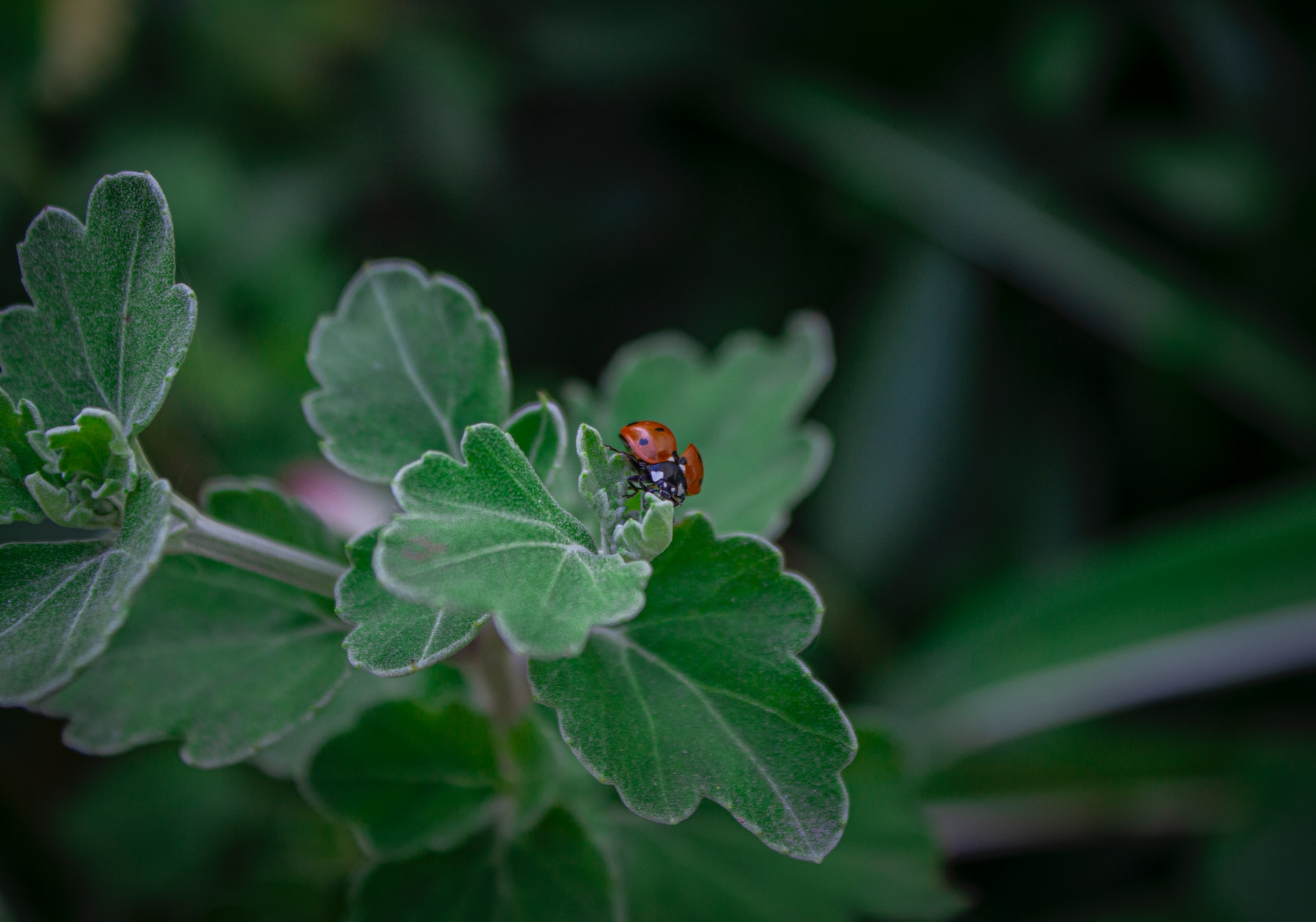Introduction
Picture this – you’re sipping your morning coffee on the porch, the air filled with the tranquil melody of birds singing. Right at your doorstep, a variety of beautiful birds are darting in and out of your herb garden, feeding, nesting, and playing among the foliage. This isn’t the backdrop of a serene countryside escape, but a reality you can create in your own garden. A bird-friendly herb garden not only offers numerous enriching experiences for nature lovers but also fosters a healthier ecosystem within your yard.
Choosing the Right Herbs
Most herbs are excellent at attracting birds; their flowers beckon a variety of species with their nectar, seeds, and foliage. The best part is that you can enjoy their flavorful leaves in your culinary endeavors, right after the birds have had their share. Some bird-friendly herbs include basil, dill, cilantro, sage, and parsley. The brilliant flowers of lavender, bee balm, or fennel will even attract beautiful hummingbirds and butterflies.
When choosing herbs, it’s important to go for local variants because they are already well-adapted to your area’s climate and soil. They require less maintenance, are resistant to pests, and are more likely to attract local bird species. Plus, they do not pose a risk of becoming invasive, thus preserving your yard’s ecological balance. You can confirm their compatibility with your area from the resources found here.
Designing Your Garden
Create a diversity of structure in your herb garden by planting herbs of different heights and growth habit. This concept makes a broader range of habitat available to a plethora of bird species. Incorporate bird feeders, shelters, and bird baths alongside your herbs, ensuring they are in visible and accessible locations.
Landscaping-wise, design your garden in a way that invites birds to visit. For instance, you could allow a corner of the garden to grow wild, imitating a natural habitat with plenty of cover for small birds. Moreover, keep your water sources shallow and filled. More landscaping tips can be found here.
Garden Maintenance
Regular watering and occasional pruning are critical to keeping your herbs healthy. Be consistent but avoid overwatering because it can lead to root rot and attract pests. Speaking of pests, your bird visitors are a natural source of pest control. They feed on common garden pests like aphids and slugs, thereby maintaining a balanced ecosystem. For additional pest control, use eco-friendly home remedies or organic pesticides to avoid harming your feathered guests.
Attracting Specific Species
Each bird species has different preferences when it comes to food, shelter, and herbs. For instance, finches are attracted to dill, while sage draws sparrows. The more diverse your herb garden, the more bird species you’re likely to attract.
If you’re keen on seeing bug-eating birds such as warblers and titmice, plant herbs like coriander and dill that attract small insects. You can find more about this strategy here.
Benefits of a Bird-Friendly Herb Garden
Herb gardens that are friendly to our feathered friends contribute greatly to the local bird population’s sustainability. They provide essential sources of food, water, shelter, and nesting materials throughout the year.
Moreover, bird-friendly gardens inspire an overall green lifestyle. They promote ecologically friendly habits such as natural pest management, conservation of local plant species, and reduction of carbon footprints.
Conclusion
In conclusion, creating a bird-friendly herb garden is an intriguing endeavor. It combines the charm of culinary herbs with the beauty of hosting a variety of bird species. It brings the beauty of nature closer to your doorsteps, while acting as an essential stepping stone toward ecological preservation. Each one of us can contribute to protecting bird species by tending to our gardens in simple, bird-friendly ways.




